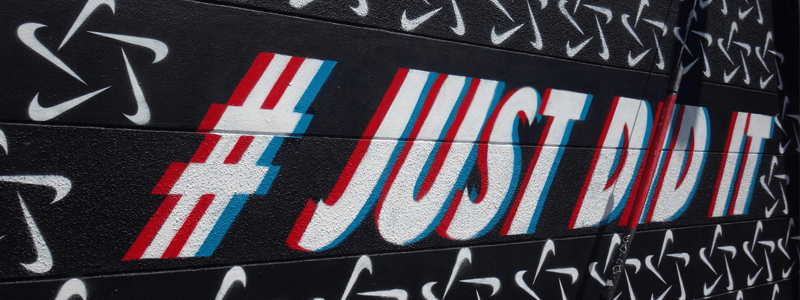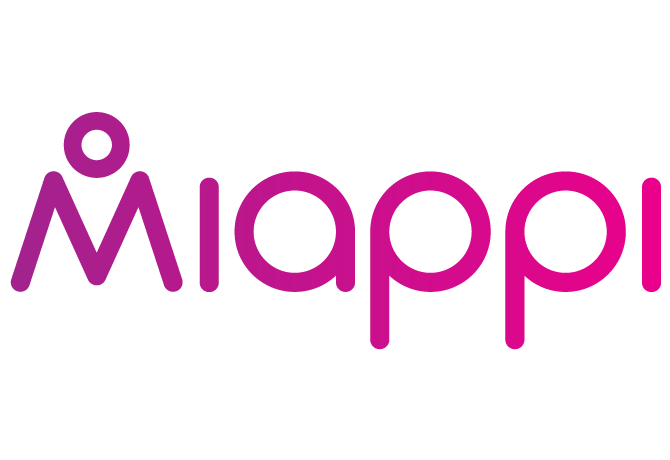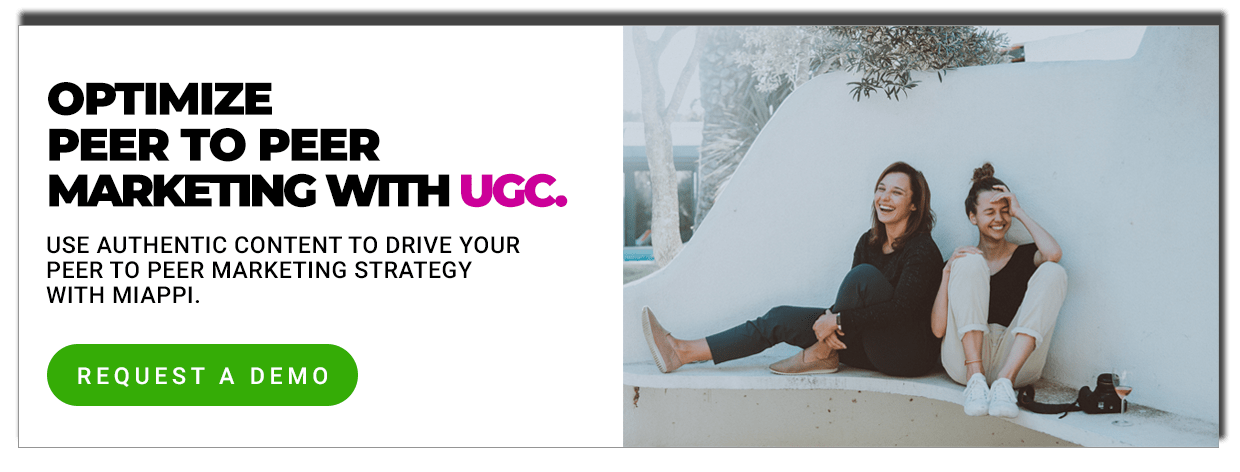How Do You Leverage Hashtag Tracking for Brand Marketing?

It all comes back to the basic reason why we use hashtags in the first place: to group similar posts together. This boosts discoverability and makes it much, much easier for you to track the performance of your campaigns. It can also help you to discover user-generated content and to pick up on conversations around certain topics and subject areas.
These days, most brand marketers are using hashtags to some extent, but not everyone is tapping into them and using them to their full potential. For example, using unbranded hashtags like #travel might help out in some ways, but you might also want to use a specific hashtag to launch your brand campaign.
Branded Hashtags
A great example of this is the #DonateYourWords campaign, in which Cadbury teamed up with Age UK in an attempt to fight loneliness. Explaining that “just a few words can make a real difference to [the lives of the elderly]”, Cadbury encouraged people to get involved with their campaign to share a few words of their own. They also put their money where their mouth was, donating a percentage of profits from every limited edition Dairy Milk that they sold to the charity.
Hashtags have become so important that they now feature heavily on many of the TV shows we watch, marking an interesting confluence between new and old media. And in many cases, the conversations they generate are far wider reaching than the initial campaign. A great example of this was the controversial music video for Blurred Lines by Robin Thicke, which encouraged people to share their thoughts with an official hashtag and which was removed and censored within just a few weeks of its initial release.
Branded hashtags as fundamental
Brands want to create movements and conversations. They want to facilitate a dialogue and bring people to them through the provision of engaging content in a practice that’s known as inbound marketing. This is in sharp contrast to the old school style of outbound marketing in which brands essentially shouted their messages at people and repeatedly interrupted them until they finally gave up and listened.
And yet with that said, hashtags for brand marketing aren’t always a perfect match, and at times they’ve even been known to backfire. We only have to look at the case of an amusing Susan Boyle hashtag to see that. But this is an extreme case, and you shouldn’t let it put you off using hashtags for brand marketing. It’s far more common for companies to fail to make it clear how consumers should use the hashtag – or for consumers to deliberately misuse them, as they did with McDonald’s #McDStories.
Hashtag tracking
Hashtag tracking can be used as a barometer to measure any given marketing campaign’s success. As marketers, we’re obsessed with data and we use it to track every single thing that we do. So why should it be any different when it comes to the hashtags that we use? We need to see evidence that the campaign is taking off and that people are engaging with our marketing efforts.
But simply tracking the performance of your brand’s hashtag will only get you so far, and indeed you’re missing a trick if you’re tracking the performance of your hashtag and monitoring all of this user-generated content without putting it to use. That’s why the best tools don’t just help you to find user-generated content – they also help you to deploy it so that you harness its full potential.
UGC is so powerful because it taps into a phenomenon called social proof in which we essentially trust what other people say about brands more than we trust what brands say about themselves. This is why we turn to product reviews before making purchases and why we ask our friends for recommendations when we’re trying to find somewhere new to eat.
Conclusion
It’s also difficult to understate how important it is to clearly articulate to people what action you expect them to take when they’re interacting with your hashtag. People respond to calls-to-action, which is why marketers use them in the first place. Coupling your branded hashtag with a clear call-to-action and a strong incentive can make the difference between your campaign being a failure and a success.
You’ll also want to make sure that you’re using hashtag tracking technology, like the tools that we provide here at Miappi. These tools will be able to aggregate all of the content associated with your hashtags and @mentions, to give you heightened visibility on the impact that they’re having. But that’s only half the story – to get the most out of all of this content, you also need to celebrate and distribute it in the places where it can help to inspire even more consumer participation.
Here at Miappi, we specialise in making valuable user-generated content more visible. We achieve this by helping you to find the very best UGC about your brand and then enabling you to embed and share it wherever it will have the greatest results, whether that’s on social networking sites or whether it’s at the point of sale. Get in touch with us to find out more. We look forward to hearing from you!




